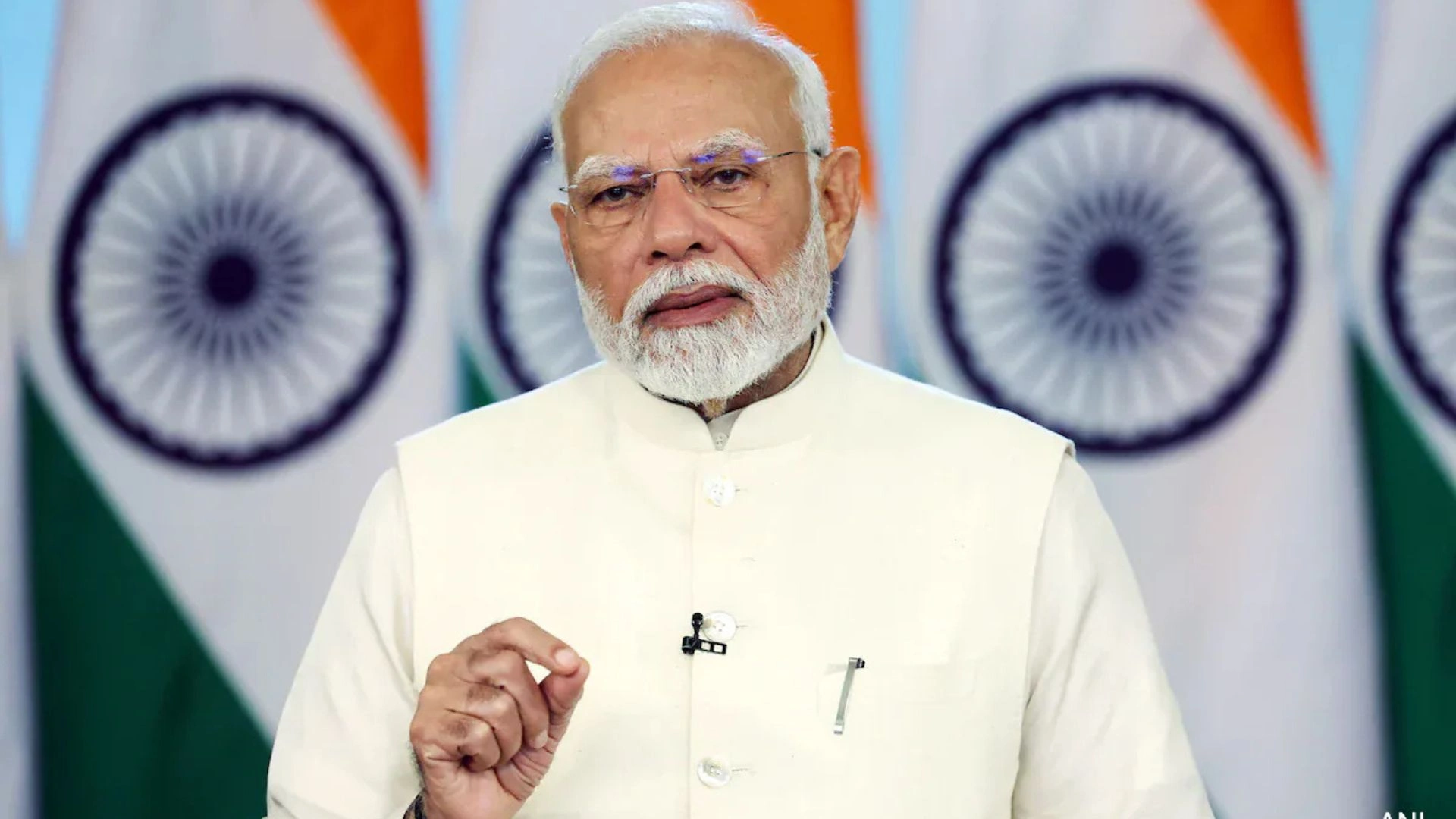The BRICS+ group of countries is better positioned to fiscally combat any future major economic crisis, as the countries in the BRICS+ group have a lower debt-to-GDP ratio, highlighted a report by Ernst & Young, an international consulting firm.
The report states that BRICS+ nations are in a stronger fiscal position than the G7 countries due to their lower debt-to-GDP ratio, access to higher primary deficits, and a nearly equal excess of growth over interest rates. “The BRICS+ group is better placed to fiscally combat any future major economic crisis as it has a lower debt-to-GDP ratio, access to higher primary deficits, and a near equal excess of growth over interest rates compared to the G7 group,” the report noted.
The report emphasizes that both the G7 and BRICS+ groups are crucial in shaping global economic trends. While G7 nations hold a larger share of global GDP when measured at market exchange rates, the BRICS+ group has a significant and growing share when evaluated in terms of Purchasing Power Parity (PPP).
MUST READ: Ola Electric’s Fades As Indian E-scooter Battle Intensifies
It added that by 2029, BRICS+ is projected to have a 29.2 percent share of global GDP in market exchange terms and 38.3 percent in PPP terms. In comparison, the G7’s share is expected to be 42.4 percent in market exchange terms and 27.5 percent in PPP terms.
The report highlights that over the years, the G7’s share of global GDP has steadily declined. In 2002, the G7 accounted for 64.4 percent of global GDP, but this has fallen to an estimated 44.4 percent in 2024, a decline of 20 percentage points. According to International Monetary Fund (IMF) projections, the G7’s share is expected to drop further to 42.4 percent by 2029.
On the other hand, the BRICS+ group has seen its share of global GDP rise significantly. In 2002, BRICS+ accounted for just 10.1 percent of the world economy, but by 2024, this figure had grown to 27.3 percent, an increase of 17.2 percentage points. By 2029, BRICS+ is projected to increase its share to 29.2 percent.
The E&Y report states that while the G7 group continues to play a significant role in global economic affairs, the BRICS+ countries are steadily gaining ground, particularly when measured in PPP terms. It concludes that the BRICS+ nations are better prepared to manage future economic challenges due to their more favorable fiscal conditions.
(WITH INPUTS FROM ANI)
ALSO READ: Amazon Sees Majority Of Customer Vsits From Tier-2 Cities

















